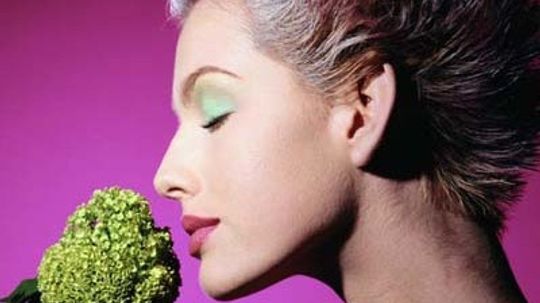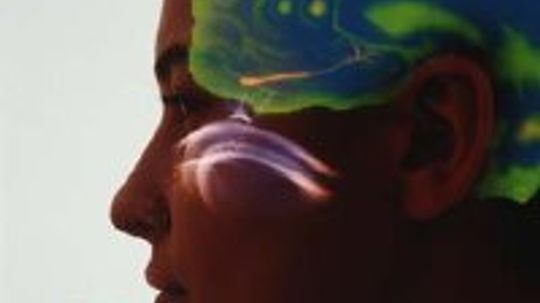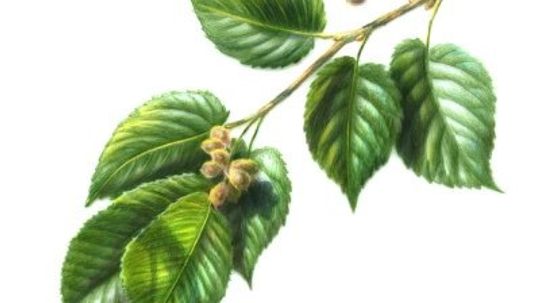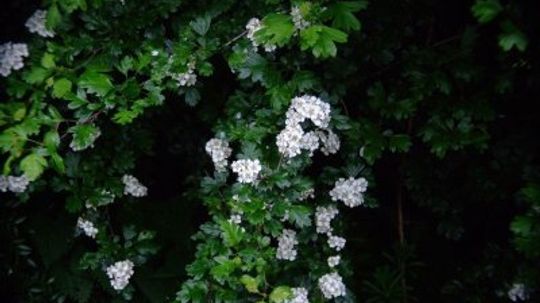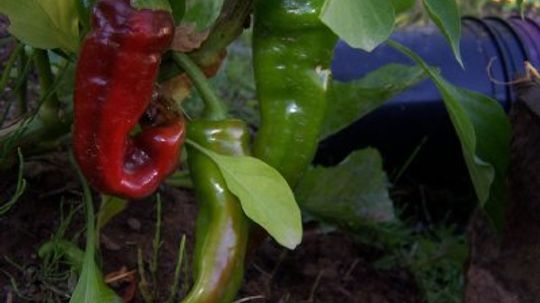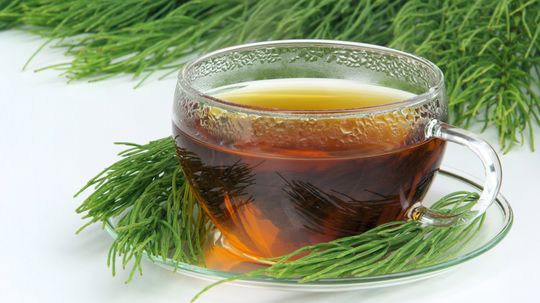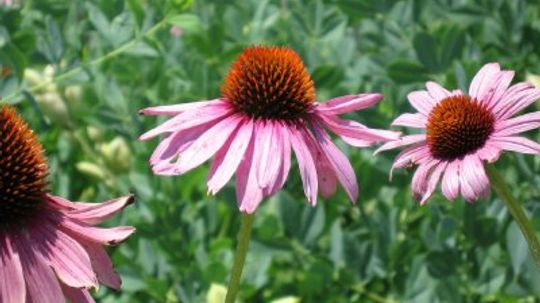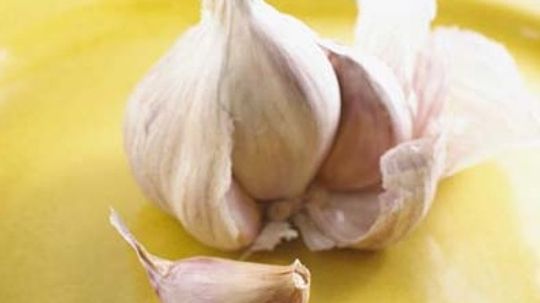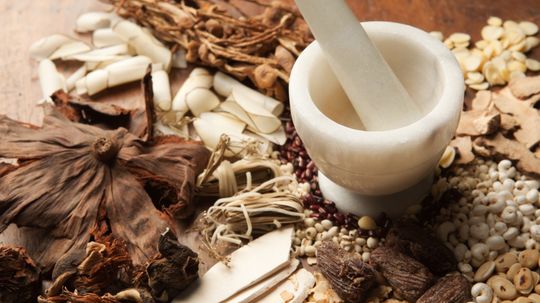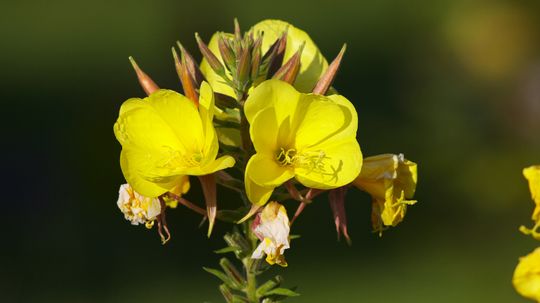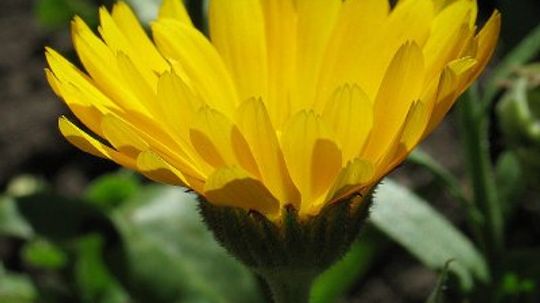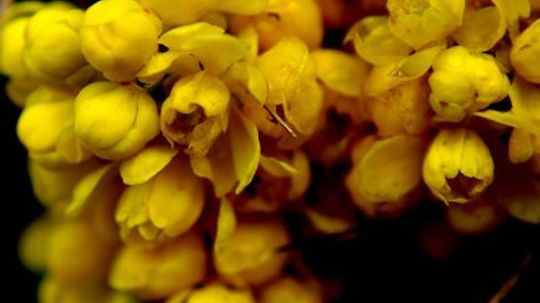Natural Medicine
The Natural Medicine Channel details aromatherapy, herbal remedies and home remedies. In addition, the channel offers a vast amount of information on alternative medicine and traditional Chinese medicine.

Sound Frequency Healing: The Power of Vibrations for Well-Being
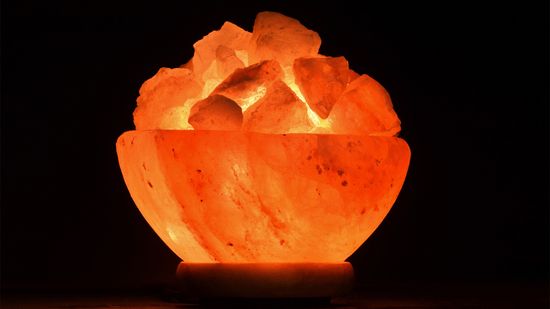
Himalayan Salt Lamps: Health Benefits or Hype?
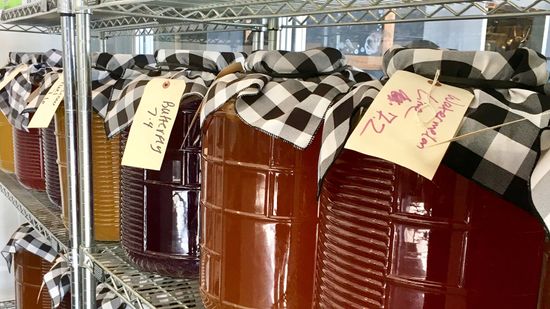
Does Kombucha Really Have Health Benefits?
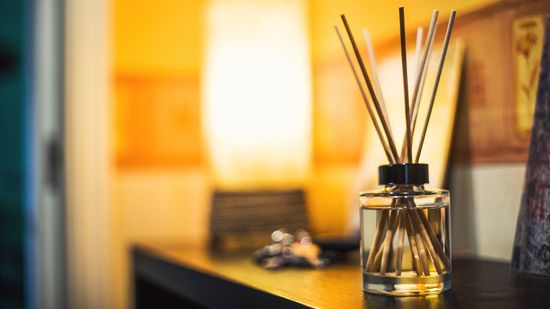
Oil Diffusers Make Your House Smell Great, But Are They Safe?
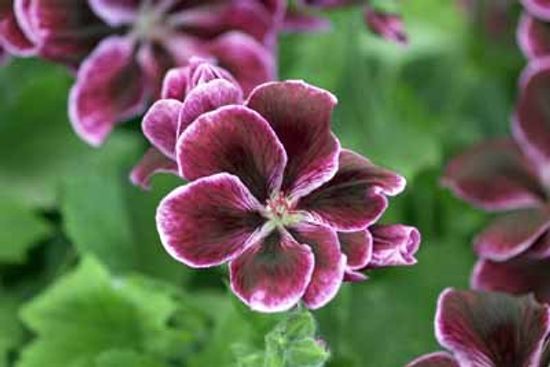
Essential Oils Profiles

How to Treat Common Conditions With Aromatherapy
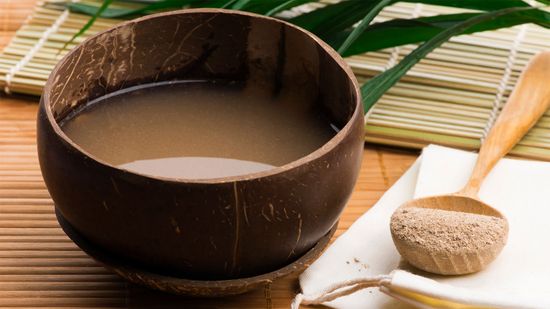
Kava Is Natural and Legal, But Is It Safe?
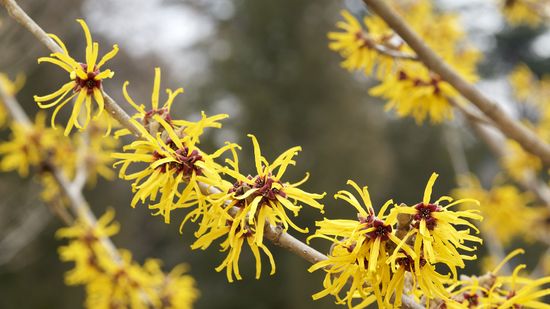
6 Handy Uses for Witch Hazel
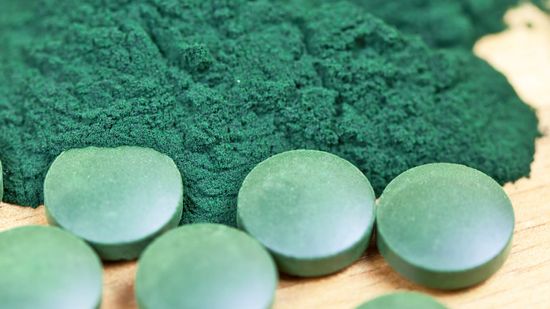
Why People Are Downing Chlorophyll, the Plant Pigment
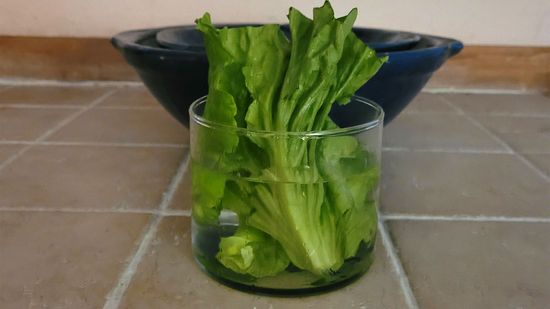
Can Lettuce Water Really Help You Sleep?
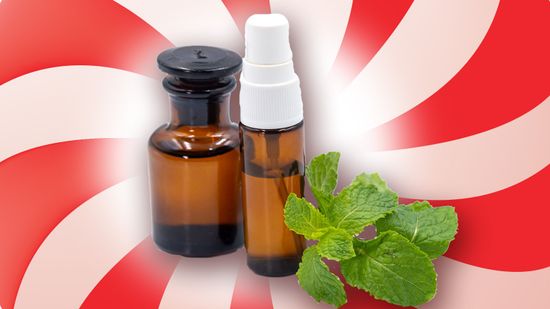
9 Refreshing Uses for Peppermint Oil
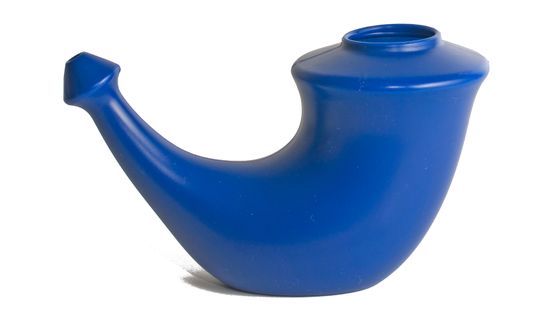
How to Safely Use a Neti Pot

What Does Science Say About the Health Benefits of Cordyceps?
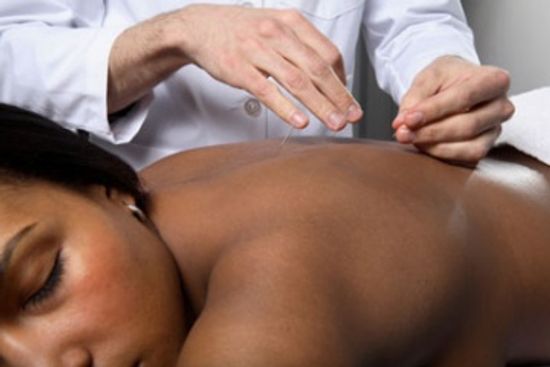
How to Treat Fatigue with Traditional Chinese Medicine
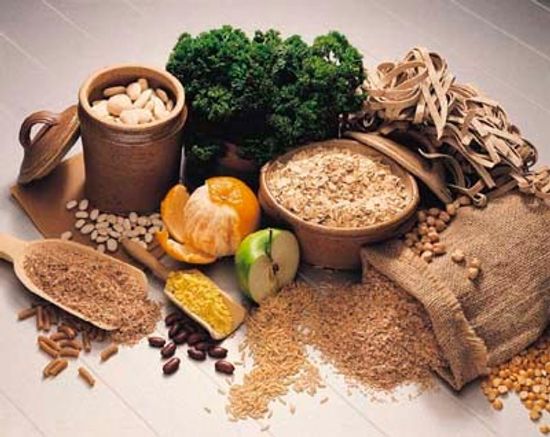
How to Treat Headaches with Traditional Chinese Medicine
Learn More / Page 7
Breaking the peel of an orange releases its essential oil, which has a distinctive, lively scent. Learn how orange has been used in aromatherapy throughout history to enhance moods and lower blood pressure.
The heavy scent of patchouli is sensual and exotic to some, yet repellent to others. Patchouli essential oil has antidepressant, anti-inflammatory, antiseptic, and other qualities. Learn how patchouli is used in aromatherapy.
Peppermint is the most widely used essential oil. Its powerful, energizing scent is obvious in many edible and nonedible products. Learn how peppermint is used in aromatherapy as a stimulant and digestion aid.
Advertisement
The ancients burned fragrant rosemary branches to improve memory and purify the air. Discover the many ways in which rosemary essential oil is used in aromatherapy today -- from relieving pain to boosting energy.
The woody scent of sandalwood improves with age. Distilled in India from trees grown in plantations, sandalwood essential oil has been used as an aphrodisiac and a sedative. Learn how sandalwood is used in aromatherapy.
Tea tree essential oil has been called a "medicine cabinet in a bottle" due to its many healing properties, some of which are supported by traditional medicine. Learn how tea tree is used in aromatherapy.
Thyme is cultivated from an evergreen, which gives it its woody fragrance. Thyme essential oil has a strong antiseptic compound that is used in many mouthwashes and cough drops. Learn how thyme is used in aromatherapy.
Advertisement
Ylang ylang has an intensely sweet, floral scent that has been used to sharpen the senses and to temper depression, fear, anger, and jealousy. Learn the many ways ylang ylang is used in aromatherapy.
Treat your asthma with aromatherapy in-between attacks for soothing, natural relief for mind and body. Learn how to use essential oils like eucalyptus and lavender in chest rubs or steams for your lungs.
Essential oils used in aromatherapy can provide chest congestion relief by loosening mucus, calming coughing and fighting infection. Learn how to create aromatherapy-infused vapor rub, soothing steam, and nasal inhalers.
The trunk of the Southeast Asian benzoin tree exudes a delicious, vanilla-scented gum resin. This essential oil has been used since antiquity in medicine and incense. Learn how benzoin is used in aromatherapy.
Advertisement
In order to purchase good quality essential oils for aromatherapy you need to understand how an essential oil is produced as well as what differentiates good and poor quality essential oils. Learn how essential oils work.
The history of aromatherapy is believed to have begun with the burning of fragrant woods, leaves, needles, and tree gums in ancient times. Learn about the history of aromatherapy and incense.
Aroma means scent, and therapy means treatment. Aromatherapy, then, is the use of the fragrant parts of aromatic plants to improve your health and general well-being. Learn about aromatherapy and how to practice it.
Wood, metal, or glass slivers need to be removed and the wound should be rinsed with herbs with antiseptic and anti-inflammatory properties, such as chamomile or Oregon grape. Learn more about herbal remedies for removing and treating splinters.
By Gayle A. Alleman
Advertisement
Sprains, bruises and muscle soreness can be helped by eating vitamin C-rich foods to make strong blood vessels or by using an herbal compress to heal a sprain or sore muscle. Learn how to treat muscle issues with herbal remedies.
By Gayle A. Alleman
Herbal remedies involving cayenne pepper, cabbage juice and other herbs and vegetables can help soothe and heal gastric and duodenal ulcers. Learn how to treat gastric and duodenal ulcers naturally with herbal remedies.
By Gayle A. Alleman
Urinary tract infections can be painful but can be helped or even prevented with herbal remedies that kill bacteria and stimulate the immune system. Learn more about herbal and cranberry treatments to rid the body of UTIs.
By Gayle A. Alleman
Warts reflect a slow immune system, so boosting immune function with echinacea and other herbs can prevent warts; outbreaks can be treated with garlic and onions. Learn more herbal remedies to warts.
By Gayle A. Alleman
Advertisement
Vaginal yeast infections are characterized by intense itching, soreness and a thick discharge. However, herbs such as calendula and garlic have antifungal properties and can help ease discomfort. Learn herbal remedies to treat yeast infections.
By Gayle A. Alleman
Gallstones occur when bile forms a solid, which can cause pain, inflammation and infection. A healthy diet helps prevent stones and dandelion and milk thistle can help flush them out. Learn about gallstones and how to make herbal gallstone-preventing tea.
By Gayle A. Alleman
For women age 45 to 55, menstrual cycles cease and menopause begins. Symptoms can include hot flashes, vaginal dryness, an increased risk of osteoporosis and heart disease. Learn more about menopause and herbal remedies to treat menopause.
By Gayle A. Alleman
Menstruation symptoms such as bloating and fatigue can be helped with herbal remedies. Taking parsley can help with bloating and black cohosh and feverfew can help with cramps. Learn more about menstruation and herbal remedies to treat its uncomfortable side effects.
By Gayle A. Alleman
Advertisement
A variety of herbs will improve, soothe, or eliminate dental problems such as inflamed gums, gingivitis, bad breath and toothaches. Learn how to treat oral issues with herbal remedies and how to make herbal mouthwash.
By Gayle A. Alleman
A sore throat can be the result of a flu or irritants such as cigarette smoke. Herbs can reduce pain and inflammation and provide relief. Learn herbal remedies to treat a sore throat and how to make herbal lozenges.
By Gayle A. Alleman

